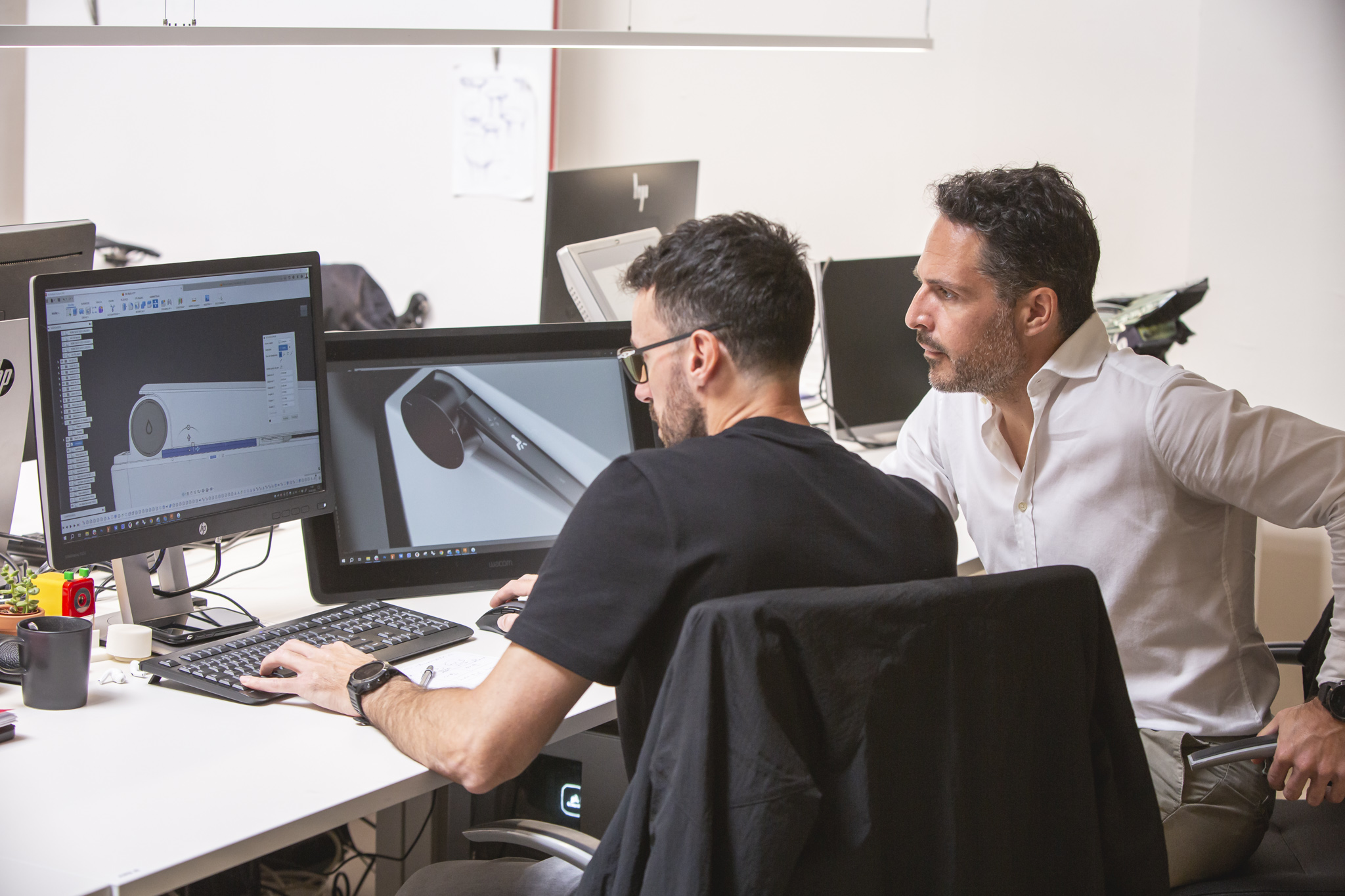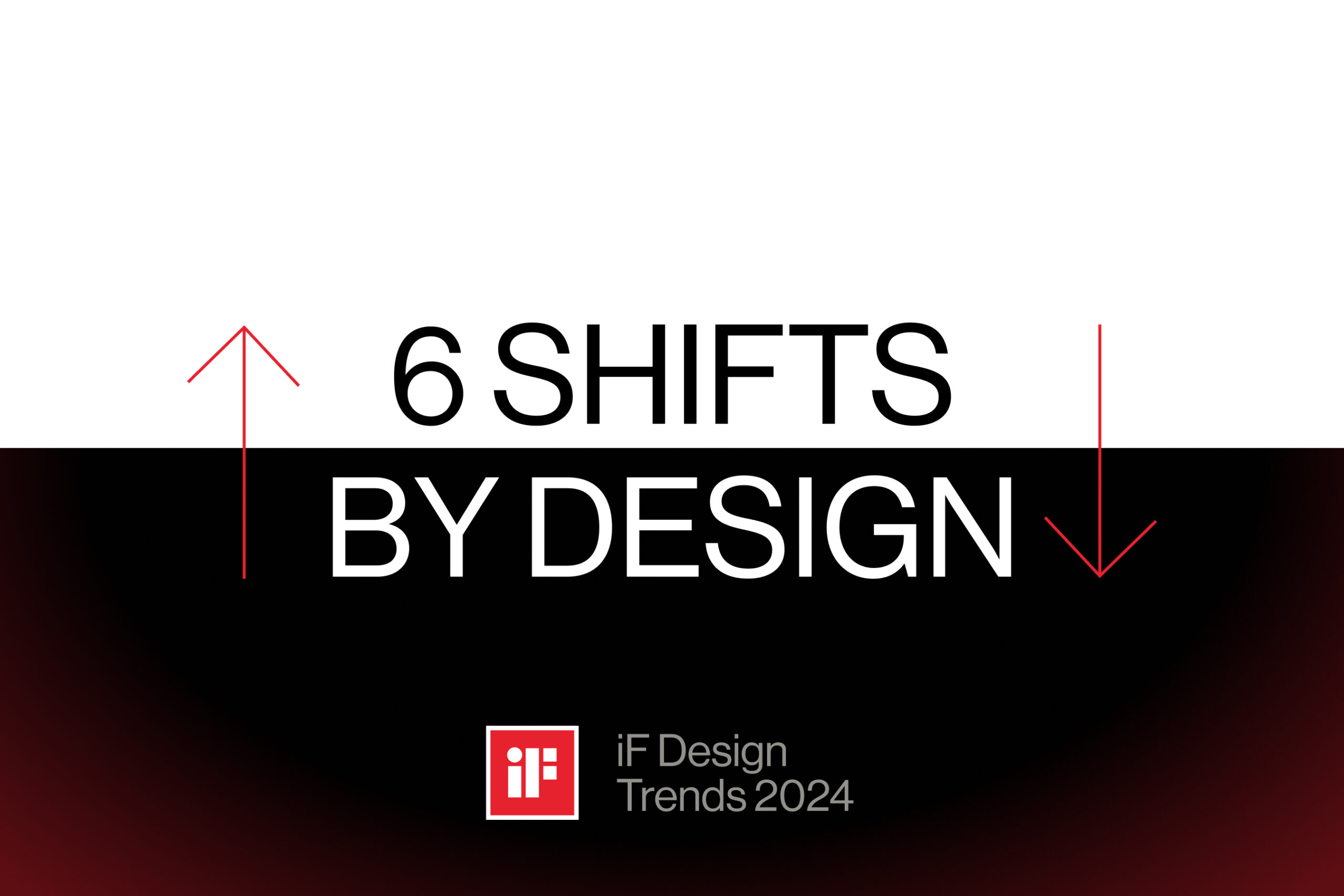
The Impact of Design in Business
- Georges Moanack
In the constant search for better products and services for its customers, businesses navigate a complex terrain where understanding users, refining value propositions, and making informed decisions are crucial. Our blog post explores the profound impact of design on business strategy, dissecting key actions and benefits that emphasizes the business value of design.
So the central question is: How can design bring value to a business? We will aim to break down the answer into 7 points.
Mapping the Terrain: Understanding Users
To chart a successful course, empathizing with users and categorizing the different profiles becomes the compass. Identify current pain points, frustrations, unmet needs, and motivations. From current use cases to potential users, consolidate user personas to refine the target and ensure everyone within the company is on the same page. The benefits are diverse – maximizing value delivered, minimizing risk, and refining the company's trajectory.
Refining Propositions: Identifying Customer Value
Moving beyond understanding users, the design process evolves to identify value for customers. Develop the design intent, propose new functionalities, and validate these proposals with customers. This not only aligns multidisciplinary teams but also ensures the design intent is intricately linked to the value proposition. The outcome: a refined value proposition that resonates with the target audience.
Establishing Requirements: Pushing Boundaries
Design, when driven by customer needs rather than technological limitations or biases, has the power to move the status quo. By understanding thresholds and metrics acceptable to users, coupled with data points from old products and competitors, design can push limits and set clear goals that bring tangible value. The result is a paradigm shift, with clear goals propelling the business forward.
Setting R&D Priorities: Organizing for Impact
The synergy between design and R&D teams is crucial. By giving R&D teams objectives based on customer needs, priorities are set for implementation. This not only helps organize R&D teams' bandwidth but also aids in budget planning and defines minimum viable products (MVPs) for faster launches. The collaboration ensures that value is delivered in a prioritized and staggered manner over time.
Validating Proposals: Ensuring Market Fit
Early validations of proposals in controlled environments are key for risk reduction. By confirming value delivery through continuous iterations in an agile framework, businesses can reduce both financial and strategic risks. The perpetual discovery of opportunities keeps the business agile and ready for dynamic market shifts.
Driving Decisions: Anchored in Customers
Understanding and empathizing with customers is a cornerstone of design-driven decision-making. Serving as the voice of the customer within the company, validating and iterating proposals, design helps anchor decisions in customer perspectives. This not only minimizes the risk of delivering without value but also safeguards against the future impact of decisions.
Generating Concepts: Directing the Business
In design, concepts and scenarios guide the business toward innovation. By iterating and improving concepts, facilitating communication and alignment between multidisciplinary teams, and staying attuned to emerging trends, design keeps the business relevant, discovers value over time, and mitigates risks through iterative planning.
Conclusion
In conclusion, the business value of design extends far beyond aesthetics. It permeates the strategic core, guiding businesses to understand users, refine value propositions, and make decisions anchored in customer perspectives. By unlocking these strategic insights, design becomes an indispensable force in navigating the dynamic landscape of contemporary business.


User centered design: What is it?
Edu Gargut
23 de July de 2024

6 Shifts by Design: iF Design Trend Report 2024
Jonatan Torreblanca
19 de June de 2024